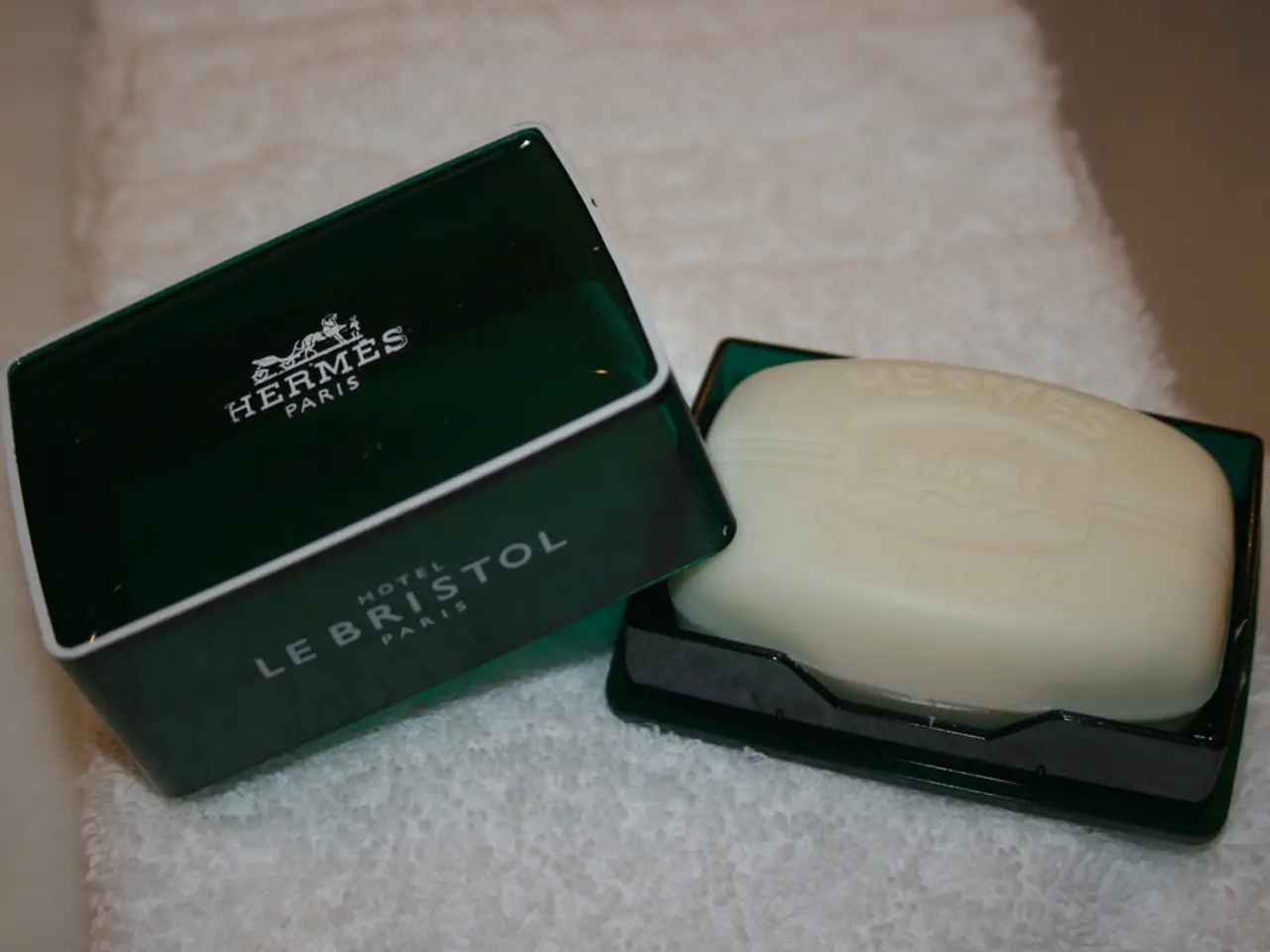Selective breakdown of oxytetracycline accomplished through Fenton-style oxidation by singlet oxygen
In a groundbreaking development, a team of researchers led by Prof. Kong Lingtao at the Hefei Institutes of Physical Science (HFIPS) of the Chinese Academy of Sciences (CAS) have discovered an effective method for the removal of oxytetracycline (OTC) from water. This antibiotic, commonly used in animal husbandry, is a persistent water pollutant that has been difficult to remove using conventional methods.
The research team prepared a type of hollow amorphous Co/C composites with a large number of oxygen-containing functional groups. These composites, when activated with hydrogen peroxide (H2O2), generate singlet oxygen, a powerful oxidizing species that selectively eliminates OTC in complicated water matrices.
The catalytic degradation system exhibits excellent repeatability, stability, and anti-interference ability, making it a promising solution for the treatment of water pollution caused by OTC. The system was found to be effective under neutral pH conditions, and the optimal degradation of 20 ppm OTC was achieved using the Co/C-3 material.
Quenching experiments and Electron Paramagnetic Resonance results confirm that singlet oxygen, not hydroxyl radical, is the main oxidizing species in the system. This finding is significant as it demonstrates the effectiveness of Fenton-like oxidation for OTC elimination, with singlet oxygen as the main oxidizing species.
OTC, the most common tetracycline antibiotic in animal husbandry, is detected in water, soil, and other areas but cannot be effectively removed by conventional technical means. This new research provides a promising solution to this problem, offering a more sustainable and efficient approach to water pollution treatment.
The research on hydrogen peroxide activation for OTC elimination is supported by the National Key R&D Program, the National Natural Science Foundation of China, the Anhui Provincial Major Science and Technology Project, and the USTC Supercomputing Center. The publication of this research can be found in the Chemical Engineering Journal with DOI: 10.1016/j.cej.2021.129594.
The team, which includes Jie Ma, Zhipeng Wang, and their colleagues, is hopeful that this research will pave the way for further advancements in water pollution treatment, particularly in the removal of antibiotics and other persistent pollutants.
Read also:
- Overweight women undergoing IVF have a 47% higher chance of conceiving naturally post-weight loss
- Bonsai Trees from Evergreen Species: Exploring Growth Characteristics & Distinct Qualities
- What temperatures may make walking your canine companion uncomfortable?
- Title: Information About Beovu: Potency, Form, Usage, and Additional Details





